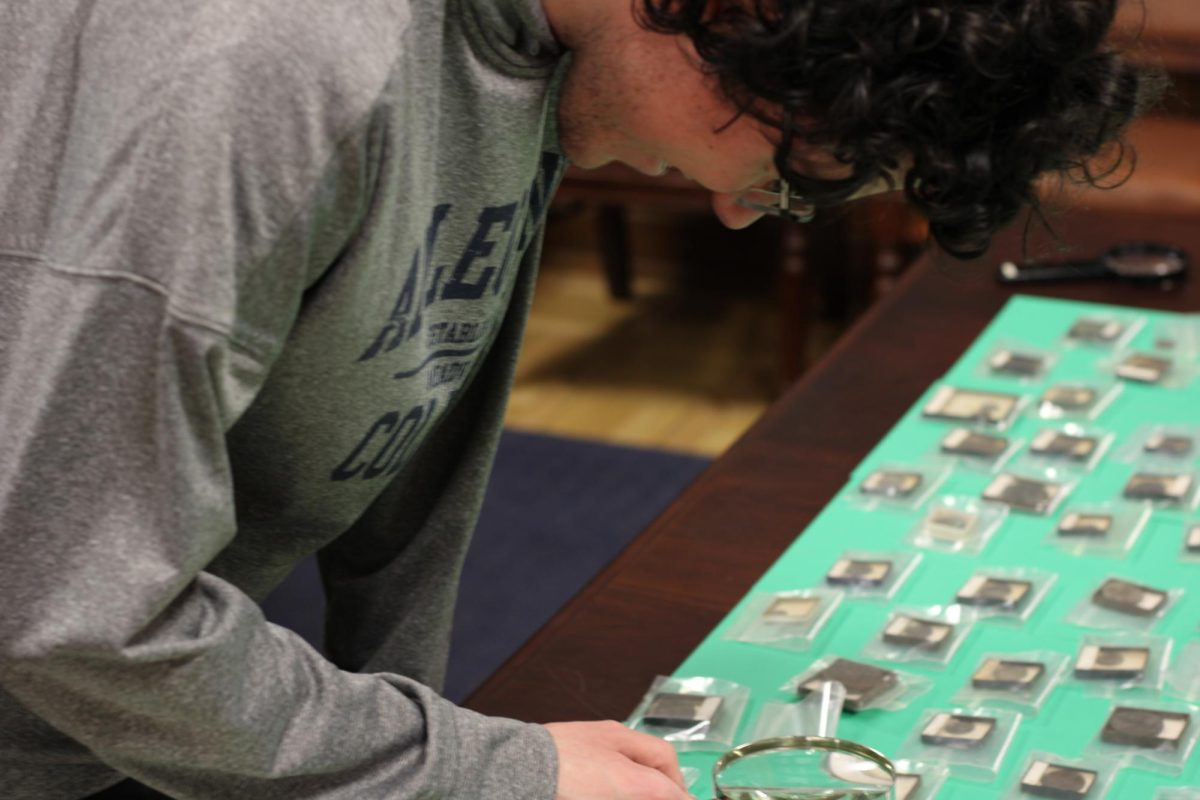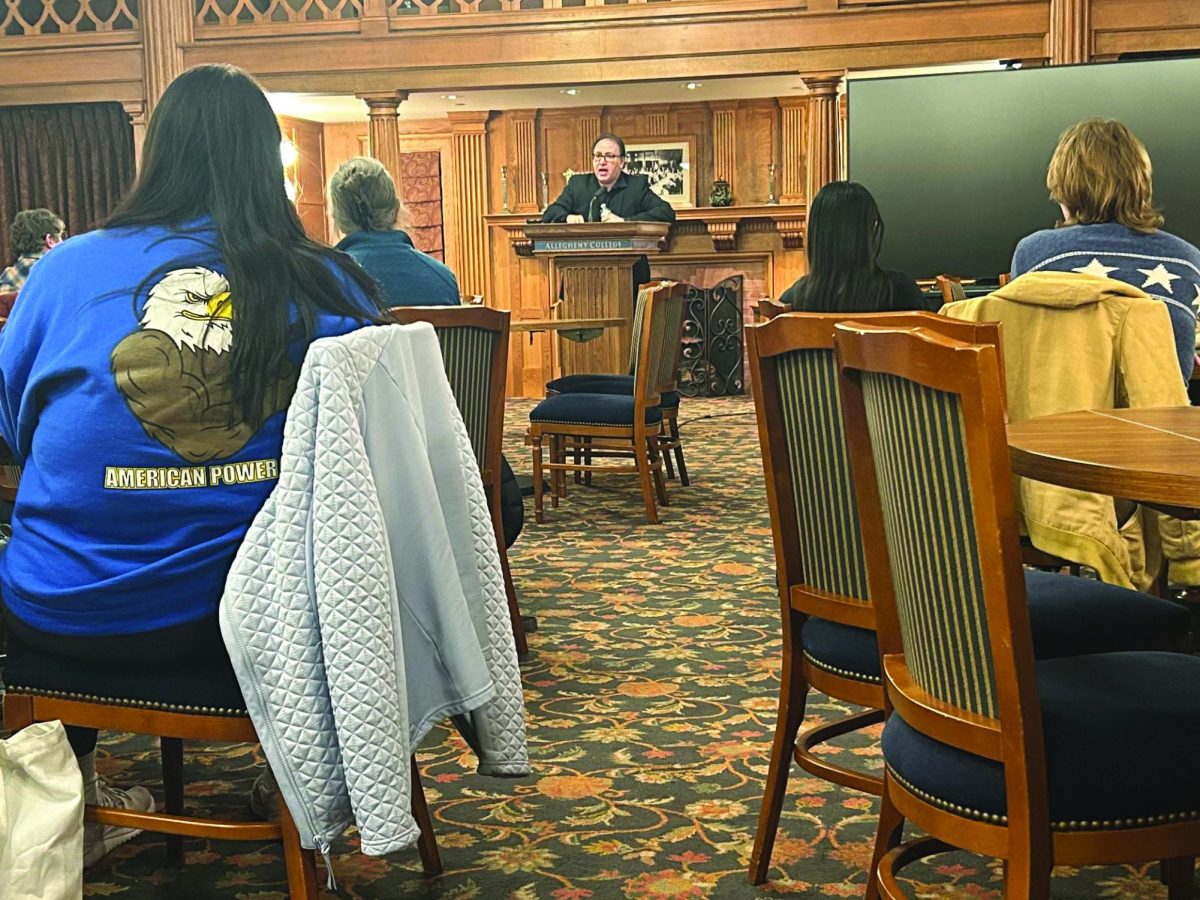
The Academy of Motion Pictures Arts and Sciences was founded on Jan. 11, 1927 at Los Angeles’ Ambassador Hotel. The invitees, the golden children of 1920s cinema, officially elected Douglas Fairbanks its president in March, and by May the Academy was well on its way to spreading and supporting Hollywood elitism for years to come.
Looking back at this relatively tiny group of actors, actresses, writers, producers, editors, technicians and directors, it’s rather humbling to note that what started as a fledging group of 36 has since multiplied into a club of 6,000. These historical facts, which most people probably don’t know or care about, lends an intriguing dimension to the yearly, glitzy ceremony that both electrifies and bores viewers to distraction.
As a kid, I lived for the Academy Awards. Not the red-carpet brouhaha, but the suspense and elegance of it all. The wide stage, the occasionally humorous host, the black ties, the gorgeous gowns, the carefully-prepared speeches and unspoken rules of etiquette. No matter what behavior dominated the red carpet, no matter whether Angelina Jolie looked like Morticia Addams or Coco Chanel, bad behavior and grudges were left at the door. A soft, respectful silence fell at the beginning of the ceremony, broken only for polite laughter or a crescendo of applause.
The problem with the Academy Awards doesn’t entirely stem from the program itself. Viewers expect it to be long and slightly tedious. What has diminished the bright light of the Oscars over the decades is the evolution of how we view movie stars and the studios that make them.
Back in the 1920s and 1930s, before the heyday of Twitter and perezhilton.com, we relied on news reels, newspapers, magazines and the occasional tabloid for our celebrity news. Studios could craft personas for their stars with ease. Constance Frances Marie Ockelman became Veronica Lake. Frances Ethel Gumm became Judy Garland. Archibald Alexander Leach became Cary Grant. People flocked to the movies to see these people not only because of talent (which, let’s face it, was manufactured as much as it was innate), but because of the mystery and glamour built up around these actors and actresses. Their beauty, their charisma and the complexity of their private lives was the draw. There was something almost mythical about them.
Not anymore.
Today, we know more than we need to about the rich and famous. There is no mystery; there are no questions. While we still might rely on conjecture, a formidable military of PR reps do not always stand between us and the people whom we idolize or despise. We can look up their Facebook, their website, their Twitter or their Flickr. We can watch their movies on Netflix or TV, download their appearances on talk shows and buy their brand of perfume.
The world has changed. That’s to be expected. But we’ve lost a lot when it comes to the movies — the magic isn’t quite the same. When those gorgeous, talented people flitted up on stage to accept their Oscars in the ’30s, they appeared only to disappear, whether out the back door or into their next role, which may or may not have been a projection of their true selves. We didn’t know enough about them beyond studio press releases to know.
Now we can watch stars climb into their limos for the after party, follow up with them on “Good Morning America” after they win, look up future projects on IMDb, and see if PopSugar says they are in a relationship. We know enough to perceive when they’re acting. Maybe that’s better for the profession — we demand more skill.
So on March 7, Alec Baldwin and Steve Martin will host the 82nd Academy Awards. The stars will glide down the red carpet like they always do, the awards will be gold like they always are, some people who should win will win and some people who shouldn’t win will win.
But like every year, there will be something missing, something a little too contrived, and we won’t quite be able to pinpoint what it is.






